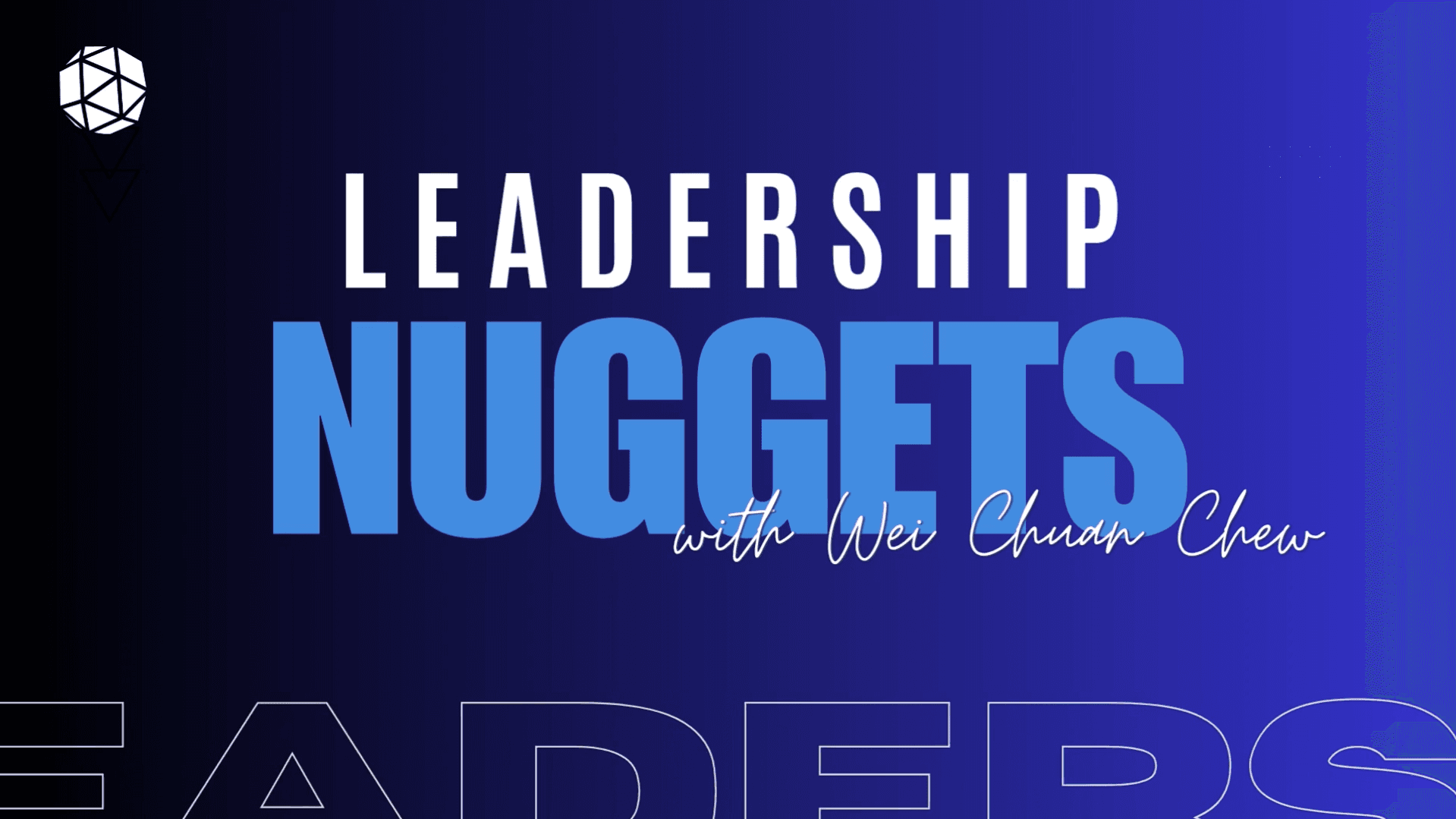Is your help, helpful?
Pandas, polar bears, marine turtles and jaguars are a few of the animals that are solitary creatures.
Humans are quite the opposite. We need interaction and connection. Evolutionary biologists have examined how we have evolved in small networks, which involved cooperation and conflict.
What underpins cooperation is the concept of social exchange, whereby one person does another person a favour or provides a benefit, and it is expected that this action will be returned in some way. In academic circles, this is known as the norm of reciprocity. This norm emphasises the criticality and obligation of helping those who have helped you, with reciprocal behaviour considered fundamental to how we function socially and morally.
The relevance of reciprocity continues to this day across society and the workplace. If you’ve read Dr Robert Cialdini’s classic book on influence you’ll know that one of the fundamental elements of having influence is practising reciprocity.
With reciprocity, there are usually two parties. The person being helped or given the favour (the beneficiary or taker) and the person offering the help or favour (the benefactor or giver). The benefits are not one-sided because while we often think about the benefit of receiving, there are many benefits to giving and helping.
You may like this: Eight Golden Rules for Getting Ahead

You’ll know that helping others makes you feel good. Your brain releases the happy and mood-boosting chemicals and neurotransmitters of dopamine, oxytocin and serotonin. With the mood bump, you feel good about yourself.
So much so, that Wharton University’s, Adam Grant and Jane Dutton from the University of Michigan discovered it can lead you to continue being generous with your time, resources and money. They found that reflecting on times when you helped others encourages you to undertake more prosocial behaviour because you identify yourself as a person who is a “…capable, caring contributor”. Their conclusion was that while reflecting on times when you were the recipient of benefits can make you happier, it is reflecting on times when you were the giver of benefits that increases your prosocial focus.
However, being helpful doesn’t operate on a continuous cycle. Indeed, in the workplace, how a person helps, who they help, and the frequency of that help varies.
Why? Because helping can also be tiring and on occasions, exhausting. As Professor Gabriel, from The University of Arizona, and colleagues found helping people at work can, in turn, lead you to help others less and increase behaviours that focus on helping yourself.
Similarly, Klodiana Lanaj from the University of Florida and colleagues, also found that responding to requests for help depletes your energy and ability to regulate your behaviour and control your impulses. However, that energy is replenished when you see that the helping provided a “…positive and visible difference in co-workers’ daily lives”. But, like everything, that replenishment isn’t limitless. Their research found there are diminishing returns from perceived prosocial impact, which means the more someone helps, the weaker the positive association between helping and prosocial behaviour.
In this way, the person helping reaches a point of overload where it no longer feels good. Instead, it feels exhausting and unrewarding. Of course, it feels even more exhausting if you feel like your helpfulness isn’t appreciated.
What’s interesting is that the level of appreciation a person receives from helping can depend on whether they were asked to help or proactively offered the help.
Hun Whee Lee from Ohio State University and colleagues examined the difference. They found that reactive helping (where you help after being asked for the help) is more likely to result in gratitude from the recipient than proactive helping (where you help without being asked). Receiving gratitude for the helpfulness results in the helper feeling good, which had a subsequent positive impact on prosocial behaviour and work engagement.
Workplaces won’t function if people aren’t helpful. However, the nature and form that the helping takes are important to consider.
As a leader, ask yourself:
- Am I creating a team culture where helpfulness is seen as a positive characteristic?
- Are the expectations on helping equally shared or am I expecting some team members to help more than others?
- Am I noticing if my team members are suffering from helpfulness fatigue?
- How am I best recognising and appreciating the team members who are helpful?
- What am I doing to ensure that asking for help isn’t seen as a negative (for example, a sign the person isn’t coping or up to the job)?
As a team member, ask yourself:
- Is the help I am offering my colleagues relevant and wanted?
- In offering this help, am I genuinely seeking to support my colleague?
- Am I willing to ask for help when I need it, rather than seeing it as a sign of inadequacy or weakness?
- Am I grateful for the help my colleagues offer?
- How am I best displaying my gratitude?
As Dr Martin Luther King said, “Somewhere along the way, we must learn that there is nothing greater than to do something for others”. Being helpful and expressing gratitude when you are helped go hand in hand. So who can you help next and who can you show your thanks to?
Republished with courtesy from michellegibbings.com
Leaderonomics.com is an advertisement free website. Your continuous support and trust in us allows us to curate, deliver and upkeep the maintenance of our website. When you support us, you allow millions to continue reading for free on our website. Will you give today? Click here to support us.
Leadership
Tags: Character
Michelle Gibbings is a workplace expert and the award-winning author of three books. Her latest book is 'Bad Boss: What to do if you work for one, manage one or are one'. www.michellegibbings.com.






